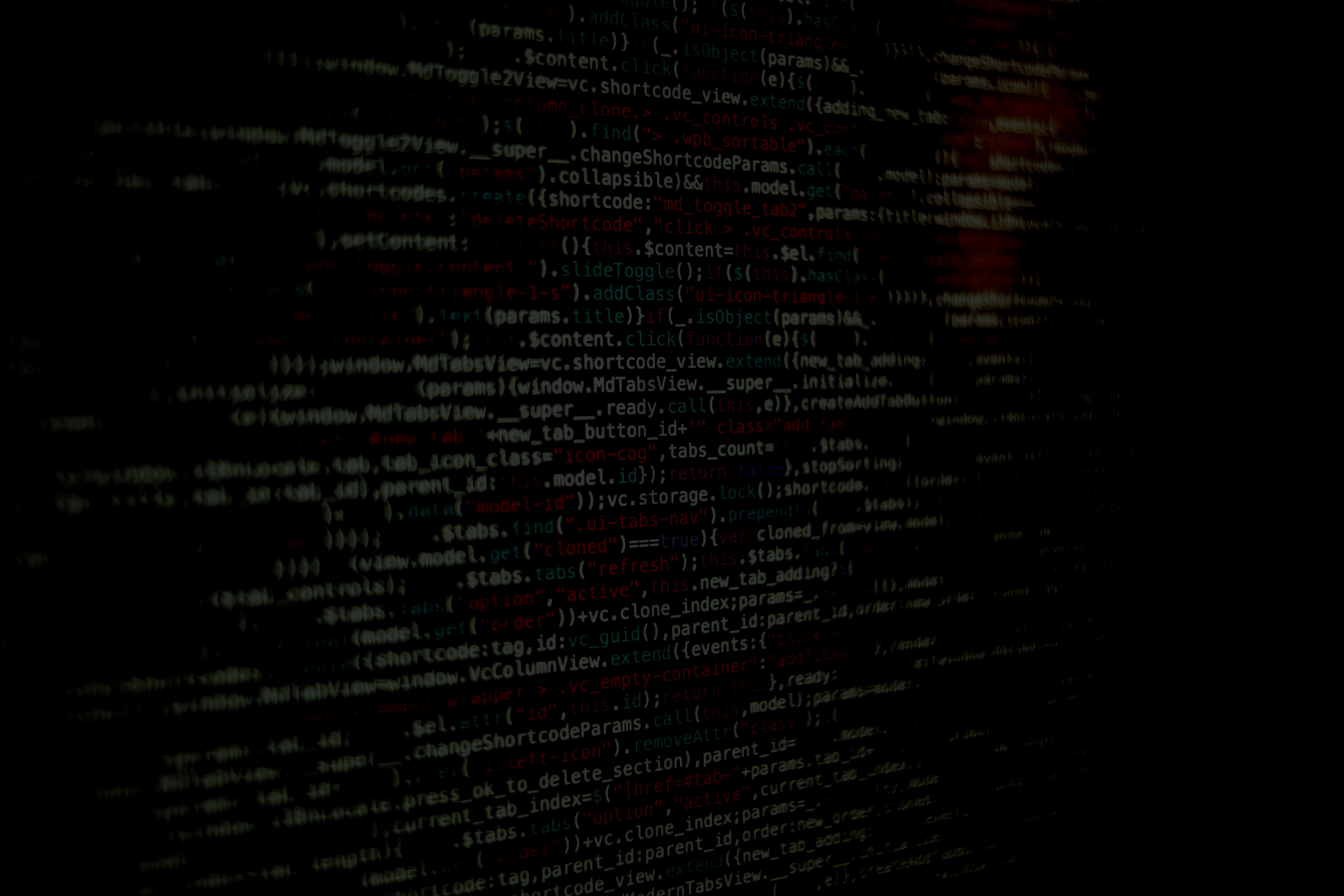Golems: Self-Awareness and Power
AI and Folklore
Posted by Chris Sissons on Sep 27, 2023
AI and Folklore » Chris Sissons and Minerva
I asked Minerva to suggest a few examples of parallels between folklore and the development of AI. Her first choice is the Golem because she argues it is “creating an artificial being through human intervention”, like AI.
Hmmm! I’m not entirely convinced this is a good example but let’s run with it and see where it takes us.
The Golem is from Jewish folklore. It is not a part of the Jewish faith, which prohibits the creation of graven images (something we shall return to in future posts). So, I suspect the rabbi in 16th century Prague, who created the Golem to protect the Jewish community from anti-Semitic attacks, was likely to end up in trouble.
The Golem is made of clay and so parallels the creation of humanity, where God breathes life into figures fashioned from clay. In the absence of God’s breath, the rabbi uses a word – sometimes the name of God. This is inscribed on the Golem’s forehead or written on paper and placed in the Golem’s mouth.
The stories seem to cover both positive and negative aspects of this activity. They illustrate the dangers of playing God and also the struggle of Jewish people to protect themselves from persecution.
We’ve already considered the consequences of alternative intelligences to run amuck, under the heading of the Sorcerer’s Apprentice.
My main interest in the Golem is its programming or perhaps its lack of programming. When God creates humanity from clay, humanity has potential to make its own decisions. The Golem is simply a drudge, who does the work of its creator. I’ve heard of versions where its creator’s name is written on the paper so that the creator controls the Golem.
This can hardly be described as a program, in the sense that modern computers have programs. The scroll or inscription somehow gives the creator complete control over a powerful but unaware being. Nevertheless, we see here something of the dilemma we have with AI. We add programs to silica, what degree of complexity might lead to AI becoming self-aware? The magic word enables the Golem to mindlessly do what it is told to do.
Even where AI creates its own code, it is hard to conceive of how it might transcend its inert origins. That is not is say it never will but it is not easy to see how it might do that. Complexity does not of itself lead to self-awareness.
One person who had a go at working this out is Terry Pratchett who in his Discworld series introduces a character who is a Golem called Dorfl. Dorfl attains self-awareness, by having his own name placed inside him. This is in the novel “Feet of Clay”, wherein his name seems, according to Minerva, to generate identity and self-expression.
But we can see Pratchett’s humour here too. With his own name on his head, Dorfl experiences recursion. Who do I serve? Dorfl. But I am Dorfl, what am I supposed to do?
I wouldn’t go so far as to say recursion leads to self-awareness but it does lead to some mind-boggling computer programs!
This is the fourth in a series of posts about AI and Folklore. I define Folklore as inclusive of religious stories and some from modern popular culture. Minerva assists in all the posts, sometimes without attribution!
The first post in the series is Life with Minerva. The last post was Let's Talk About Ents! and the next is Why Can't the English Learn to Speak? If you press the button marked "Follow", you'll receive notice of new posts.
As always, please comment. As well as your insights into AI and Folklore, I'd appreciate suggestions of stories I might cover. These could be from folktales, myths, religious stories as well as general literature.
Minerva tells me she includes art among her many talents. Her attempt at a Golem in contemplative mood is here. I don't know why she's tied him up and I daren't ask!

Press "Follow" to get notification of the latest post in this series.
Comments
Leave a comment.
Leave a comment.



 )
)